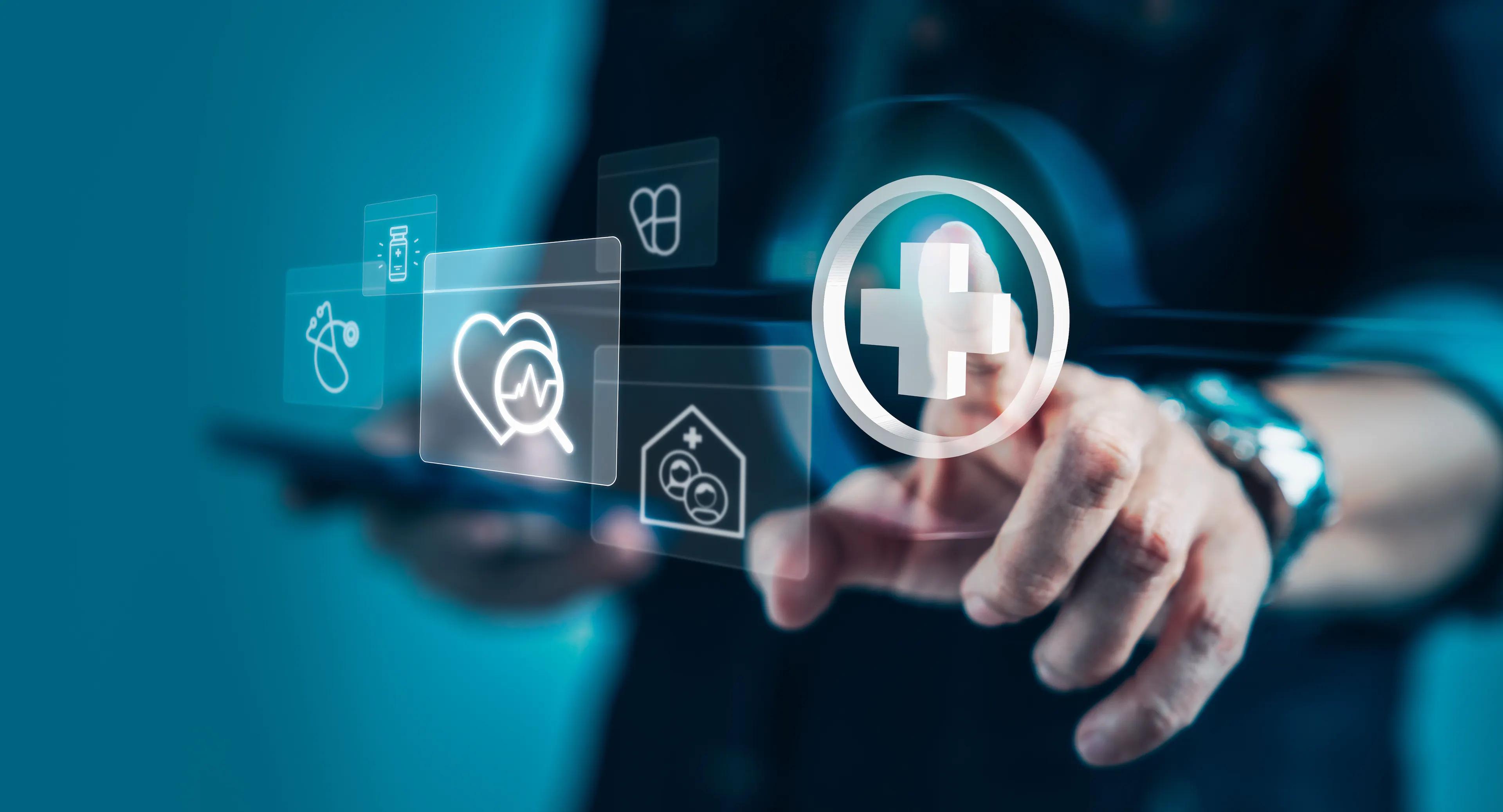How virtual care Is transforming the healthcare landscape
Virtual care revolutionizes healthcare with better treatment, improved efficiency, and reduced costs.
How virtual care Is transforming the healthcare landscape. | Image Credit: © thanmano - © thanmano - stock.adobe.com.

The COVID-19 pandemic dramatically changed all aspects of human life, from the rise in online shopping to more people remotely working from home and the rate at which virtual care is transforming the healthcare landscape. Virtual care has gradually become an integral part of the healthcare delivery system, with most practices reporting a 50%–70% increase in use. It was also reported that clinicians and patients who took part in virtual healthcare found it more challenging to return to in-person consultations due to convenience.
Virtual Care: The New Pillar of Healthcare Delivery
Virtual care (digital health) has helped healthcare personnel remotely connect with patients, family members in times of emergency, and caregivers to triage current medical problems, monitor ongoing chronic conditions, and provide education on compliance with prescribed care plans. Improved research and treatment options brought about by virtual care have, along with work anniversary awards and trophies, helped motivate employees to meet targets and recognize their hard work and dedication over time. All these have led to increased medical output in the health Industry.
Here are five remarkable ways in which Virtual Care is transforming the healthcare landscape.
1. Better Treatment Options: Virtual care has brought about more convenience, access, and transparency in healthcare services as patients who previously complained about the hospital experience are now more involved in the process as they can now get information concerning their condition and, in conjunction with their doctor, make informed decisions about the course of action they would love their treatment to take.
2. Improved Efficiency: With virtual care, doctors can provide steady patient care by monitoring their condition and progress anytime or anywhere with minimal fuss. It is beneficial for people with conditions who need to take their medications regularly at particular intervals; with virtual care, the doctor can monitor them and remind them.
3. Improved Clinical Outcome: Since the advent of virtual care, patients with complex chronic conditions could be remotely monitored, allowing physicians to connect with them and provide ongoing evaluations, potentially reducing hospital admissions and increasing patient satisfaction and treatment adherence. A study showed that 74% of patients adhere to heart condition medication through home-based telemonitoring by doctors.
4. Revolutionizing Medical Diagnoses: Improved diagnosis as artificial intelligence now helps detect and highlight medical abnormalities in a patient. Telehealth also enables remote imaging, facilitating physician collaboration as they securely share and view patients' images and reports and collaborate on finding solutions.
5. Reduced Cost in Healthcare: Patients don't need to drive to the hospital again whenever they feel ill or need a diagnosis. Digital health has brought accessibility and ease to scheduling appointments, as the doctor can send the treatment or prescription directly to the patient in the comfort of their homes or offices. All these help save costs, and the patient receives fast and direct care.
We can see that the future of healthcare is virtual care, as it aids in early detection, is accessible, and, in times of crises and curfew, for example, during the COVID-19 period, was the leading way by which medical support got to patients.
Mike Szczesny is the owner and vice president of EDCO Awards & Specialties, a dedicated supplier of employee recognition products, work anniversary awards and trophies, branded merchandise, and athletic awards. Szczesny takes pride in EDCO's ability to help companies go the extra mile in expressing gratitude and appreciation to their employees. He resides in Fort Lauderdale, Florida.
This article was published by our sister publication Medical Economics.
